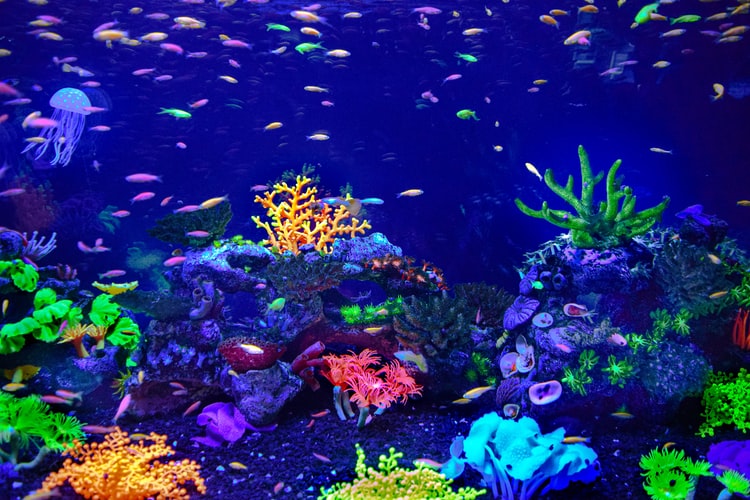Successfully establish an aquarium often depends largely on the kinds of plants you are introducing to your setup. Many first-time aquarists tend to reach for water sprite as their plant of choice, although water wisteria is also common. In fact, these two plants are often confused for the other, with some using the names interchangeably. Establishing the difference between the two plants can be somewhat difficult, especially if you have less experience with aquatic plant species. However, once you’ve familiarised yourself with a few key pointers, correctly labelling these plants is easy. What’s more, once you know what you’re dealing with, you can more effectively use each one in your aquariums.
Identifying Water Sprite
Water sprite comes in various forms, including floating and planted varieties. Regardless of the type, water sprite is easy to spot thanks to a few telltale signatures. For one, the leaves and stem of this plant are on the thin side. They are certainly finer than what you might expect from a water wisteria plant. Even mature water sprite plants will maintain this delicate composition. In fact, a water sprite that has been planted in substrate and been left to grow to the surface level will still showcase this fine and delicate leaf and stem profile.
Identifying Water Wisteria
Unlike water sprite, water wisteria is a much hardier looking plant. Although the leaf profile is somewhat similar, the tips of the leaf are far more rounded, unlike the somewhat pointed tips of the water sprite. Water wisteria also tends to have much thicker stems than what you might encounter with water sprite. If you have opted to have your water wisteria plants floating within a tank, the leaves will be particularly broad in profile. Meanwhile, the thickness of the plant is much easier to spot.
Water Sprite: Pros and Cons
If you’ve not really worked with aquarium plants before, water sprite is a good starter species. Not only is water sprite very easy to grow in most home tanks, it can mature very rapidly. If you’re looking for something that will quickly establish itself with little maintenance, water sprite is an obvious choice. Water sprite is also fairly hardy, with the plant able to weather a wide temperature range. It can also cope in both acidic and alkaline water conditions, although it will thrive in more neutral environments.
However, the rapid growth of water sprite can bring its own problems. If left unchecked, a maturing water sprite can quickly grow an abundance of leaves. If the plant can be nourish all of its leaves, you may encounter some withering, with brown leaves falling off into the surrounding water. These dead leaves will quickly alter the chemical composition if not hastily removed. Thanks to its growth rate, water sprite also makes it harder for smaller plants with slower growth rates to establish themselves in your tank. If you want a more varied array of plant life, water sprite will only allow for this in larger tanks where other species have enough designated space to thrive.
Water Wisteria: Pros and Cons
As with water sprite, water wisteria is fairly easy to grow. It can also achieve considerable sizes in successful conditions, with mature plants easily reaching heights of 20 or more inches. Although this growth rate is impressive, it limits water wisteria to larger tanks only. Water wisteria is also fairly restricted when it comes to temperature. Unlike water sprite, wisteria needs far more exact temperatures in order to remain healthy. Therefore, this plant is best utilised in temperature-controlled tanks. However, it can handle highly acidic water, as well as more neutral conditions. Ultimately however, water wisteria requires far more precise conditions in order to thrive, which will have to closely match up with the requirements of your fish.

